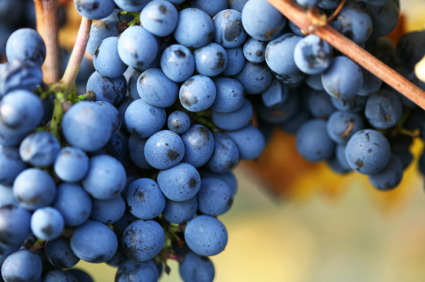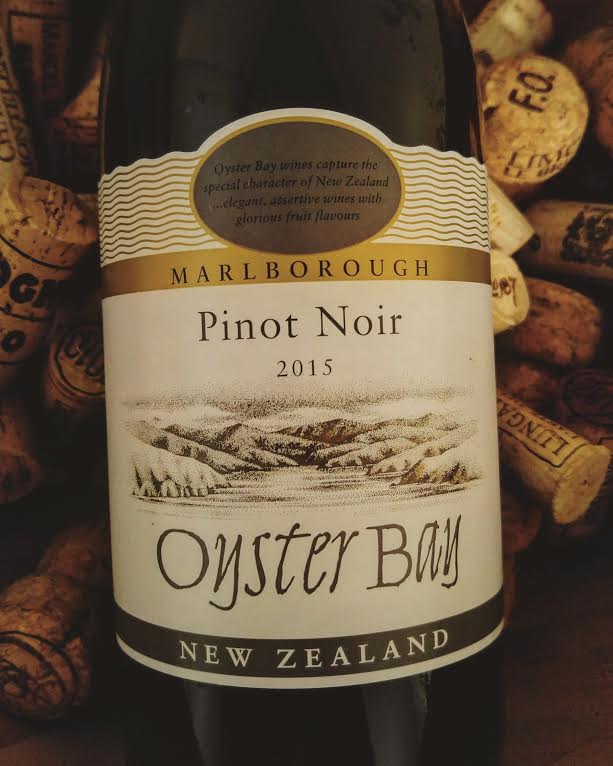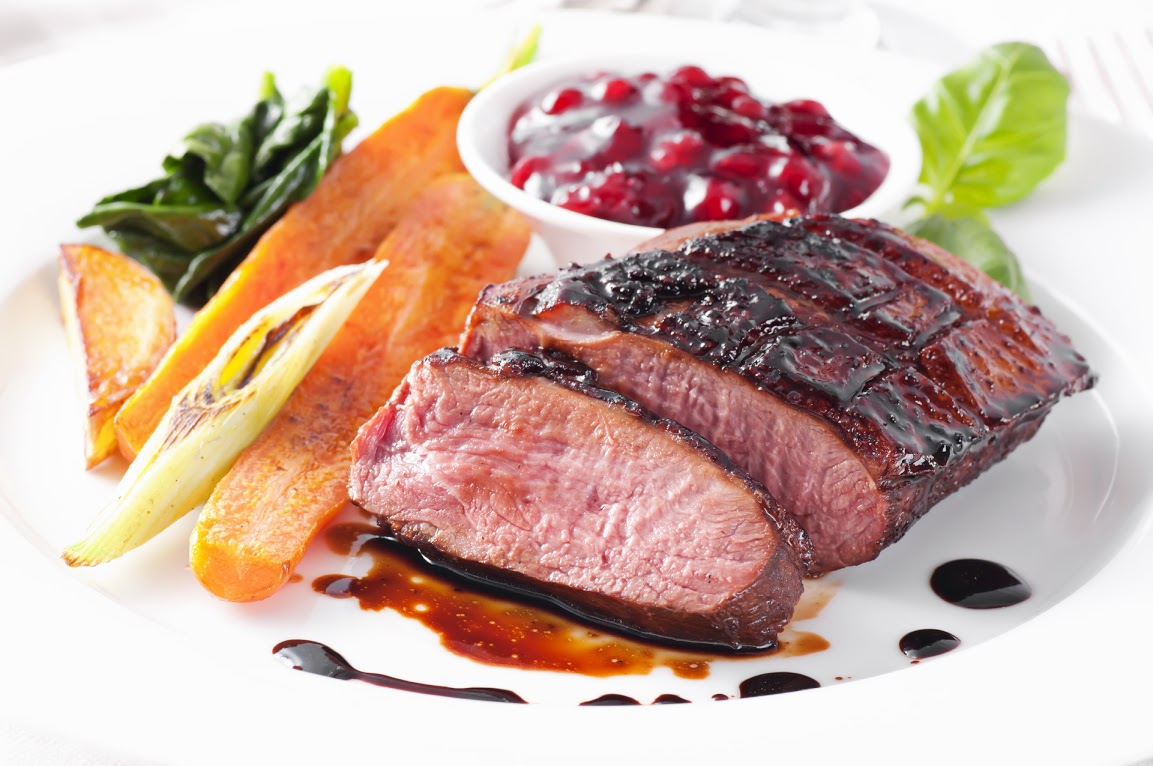By Greg M.P. Hughes
Winemakers who specialize in Pinot Noir are some of the hardest working viticulturists on the planet.
This grape’s thin skin makes it extremely vulnerable to diseases, makes colour extraction torture to get right, and yields are minuscule (not a tremendous ROI compared to Cabernet Sauvignon or Shiraz).
Pinot Noir’s idiosyncrasies are enough to make even hardened pro winemakers tear their hair out.
That is why Pinot Noir is one of the most misunderstood selections that wine experts explain to their audiences.
Most people understand it as byword for a quality wine, but have no idea what to expect in flavour, aromas, or price.
Pinot Noir is wildly different depending on where it is grown, but the resulting wine should be delicate and aromatic.
It’s much lighter than other varietals, but it has terrific concentration when it is done correctly.
What do you do with this highly aromatic (indeed, sometimes funky or exotic) wine with a mouth-feel that seems so far away from the popular palate of modern wine consumers, who often want something more full-bodied?
 Pinot Noir is difficult to produce, often more expensive (premium Pinot can cost thousands), and radically different from other grape varietals. It scares people away.
Pinot Noir is difficult to produce, often more expensive (premium Pinot can cost thousands), and radically different from other grape varietals. It scares people away.
This is a shame because never exploring Pinot Noir if you love wine is like watching every Star Wars movie except The Empire Strikes Back – it’s the best one!
Two Pinot Noirs grown across the street from one another can taste radically different.
This is because Pinot is easily affected by soil and climate. Where you get your Pinot makes a huge difference. Pinot grown in clay soil gives power and structure. Alluvial soil (river stones) often create a floral Pinot with more pronounced aromatics. That being said, climates change and consistency in any area is rarely guaranteed.
This is both positive and negative. On the more positive side, Pinot drinkers are never bored with their wine. Pinot Noir is a wine that thrives on subtlety, but each vintage will have distinct nuances.
The other side of that, unfortunately, means that it is relatively rare to find a Pinot that can continually deliver similar levels of quality. Some vintages will definitely show better than others.
Problems get out of control quickly with Pinot Noir in the vineyards. Drastic solutions can destroy aromatics, decimate yields, or just result in a completely different balance than more typical years.
 New Zealand is one of the few places where tasty Pinot Noir are widely available at a good value. Not only that, but it’s also the best place to go for consistency in quality.
New Zealand is one of the few places where tasty Pinot Noir are widely available at a good value. Not only that, but it’s also the best place to go for consistency in quality.
One of the best loved brands for New Zealand Pinot Noir is Oyster Bay, from Marlborough.
This sustainable winery is nestled in the heartland of New Zealand’s most vaunted soil for Sauvignon Blanc, Marlborough.
Though Sauvignon Blanc counts for the vast majority of what is grown, Pinot is the second most common, accounting for around five percent of what is planted.
This producer is a great place to start if you are trying to get into Pinot Noir for the first time. They’re also a welcome sight to wine afficianados looking for consistency in the quality of their Pinot.
Pinot Noir likes New Zealand because it is a ‘cool-climate’ winemaking country. What does this mean? The climate is moderate; what the wine world classifies as maritime. The ocean makes the hot summers cooler and wards off harsh drops in temperature in the winter. This is ideal for delicate and vulnerable Pinot Noir.
It still gets hot there; hot enough to consistently ripen wine grapes (30°C/86°F). It also has moments where the temperature shifts rather dramatically.
The temperature swings from hot to cool, as the night approaches.
That’s important for a wine to have for balance and ageing potential.
Oyster Bay‘s take on Pinot Noir employs a balanced approach of traditional necessity and modern technology.
They use a lot of the traditional methods necessary to produce Pinot, such as open-top fermenters that encourage a wider range of complex esters (the volatile organic molecules we associate with aromatics).
An open-top fermenter can be a giant barrel without a top that allows the partial exposure of the grapes. Many wineries use oak that has been used over and over again. After half a dozen times, a barrel that hasn’t been refinished is said to be neutral; not contributing much oak character to the wine anymore.
The main difficulty with using open-top fermentation is that you have less control, since the wine is more exposed to elements that can spoil it or infect it with off flavours.
At Oyster Bay, they combine their zeal for maintaining traditional fermenting where they can, but they also utilize modern high-tech gizmos that take back the control of your wine’s environment, such as temperature controlled transfer tanks and a chosen mixture of cultured and native yeast for inoculation. The result is a guarantee of complexity, but also consistent quality.

What does the wine finally taste like, then? It is representational of Marlborough’s terroir. The taste profile is unmistakable Pinot Noir, with very extroverted aromatics of black and red fruit (think macerated cherry and brambly blackberries) with some dark chocolate on the finish.
What’s also admirable about this wine is the delicate influence of the oak. Bad wine hides its uninteresting character with oak.
Pinot Noir is especially susceptible to being overcome by oak influence, but a smart producer knows how to balance this. This wine spends only about a year maturing in barrel after fermentation.
Part of the reason New Zealand winemakers use so much modern equipment over traditional equipment is the amount of control it can give a winemaker. They can manage the oakiness of their wine either by only putting a portion of the wine in barrel and the rest in tanks under temperature control.
Subtle vanilla, chocolate, and smoke from new and used French oak elevates the wine, without weighing down the extroverted fruit character.
This wine fits in the middle of the spectrum for body on a Pinot Noir. It is not dense or tannic, nor does it require tremendous cellaring time to improve.
Though I imagine one could hold on to Oyster Bay’s Pinot for a few years and be rewarded. It also isn’t ephemeral and light. It is a medium body, with good balance and persistence – perfectly ripe. It’s a serious Pinot that could easily be paired with a wide array of fare.
The climate is moderate enough for Pinot to thrive and the area is surprisingly consistently good vintage-by -vintage. There are very few surprises in the weather that could ruin the prospects of the crop.
Even though the climate in Marlborough might be perfect for Pinot Noir, every wine region does face the problem of climatic difficulties. As new regions, like Marlborough, mature, their vines and vineyards get older.
This means they make more unique and distinctive flavours as the vines begin to produce fewer, but more concentrated grapes. It also means that there can be pressure from vine diseases that are everywhere in the winemaking world. Leaf-roll, fanleaf, and trunk diseases can be deadly to sensitive vines, like Pinot Noir. These make the vineyards less productive and affects the longevity of the vines.
Whereas in many regions there might be a lot of push-back to developing safer strategies for pruning and spraying, New Zealand is on the leading edge of sustainable practices.
Many of the maladies a sick Pinot Vine could develop can be managed by encouraging natural predators for caterpillars in vineyards or clever pruning strategies. This region is excellent for their minimizing the use of sprays.
 Oyster Bay is a founding member in Sustainable Winegrowing New Zealand, which is the certification aimed at monitoring how vineyards are maintained and the widespread promulgation of responsible practices. They care about the wine being responsibly made without excessive spraying of agri-chemicals.
Oyster Bay is a founding member in Sustainable Winegrowing New Zealand, which is the certification aimed at monitoring how vineyards are maintained and the widespread promulgation of responsible practices. They care about the wine being responsibly made without excessive spraying of agri-chemicals.
So, if you’re new to Pinot Noir, if you’ve been let down by other Pinots, or if you’re a Pinot addict like me, Oyster Bay’s Marlborough Pinot is a solid choice all around.
Gentle treatment of the grapes, judicious wine-making, sunny and cool climate, and a region with extremely consistent vintages make this wine approachable and versatile.
 Speaking to that versatility, Pinot Noir pairs with a myriad of foods. It’s light enough to go alongside trout or salmon, but more formidable examples sing with beef and lamb.
Speaking to that versatility, Pinot Noir pairs with a myriad of foods. It’s light enough to go alongside trout or salmon, but more formidable examples sing with beef and lamb.
More classic pairings might be glazed duck and roasted parsnips, but it happily pairs with more casual fare, like sliders, lamb kabobs, or even Genoa sausage. Époisse makes a fine cheese pairing since it’s so decadent, creamy, and aromatic.
My gratitude to Oyster Bay, The New Zealand Winegrowers Council, and Wine Marlborough for their wealth of information, their passion, and their wine.
Image credit to Oyster Bay and The New Zealand Wine Council’s website.
This post is sponsored by Oyster Bay Wines.
Greg is a wine raconteur interested in the education and appreciation of wine and other consumer luxuries.
He has studied with the Wine Council of Ontario, the Wine and Spirit Education Trust (WSET), The Wine Scholar Guild.
He is currently engaged in a graduate degree in legal studies focusing on the risk and regulation of controlled substances.










